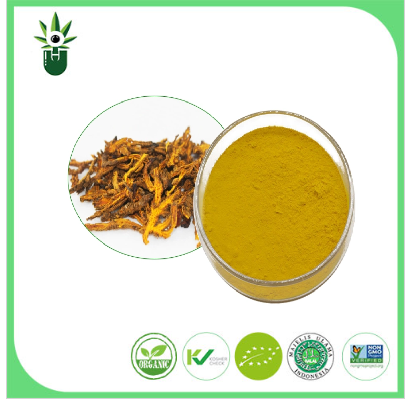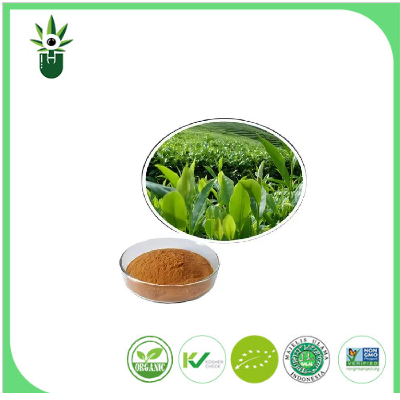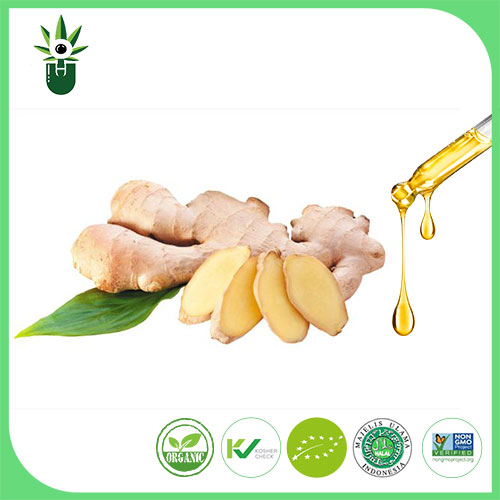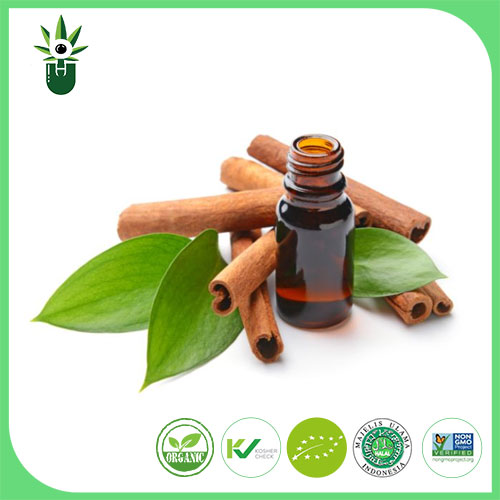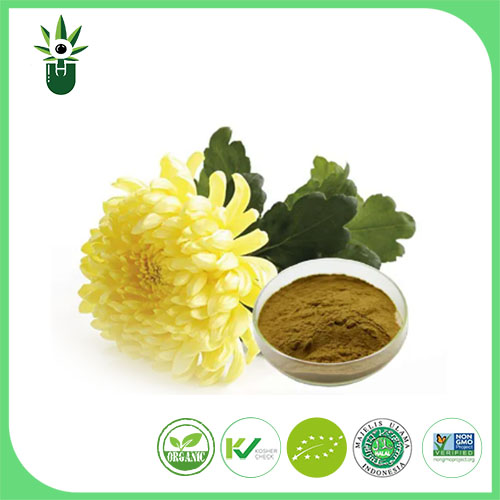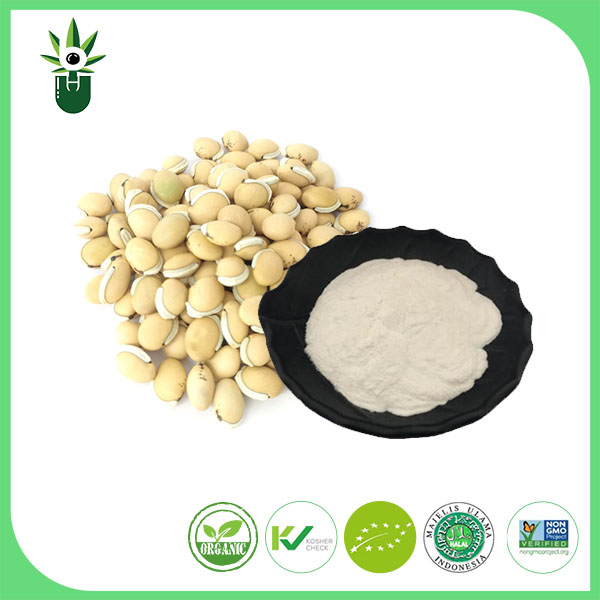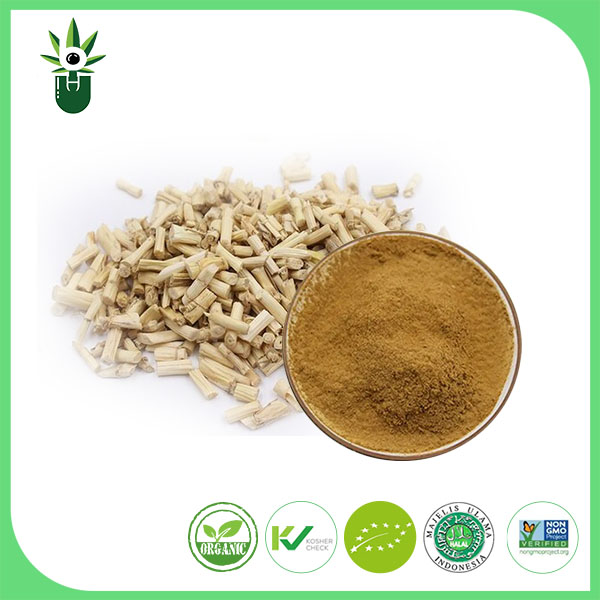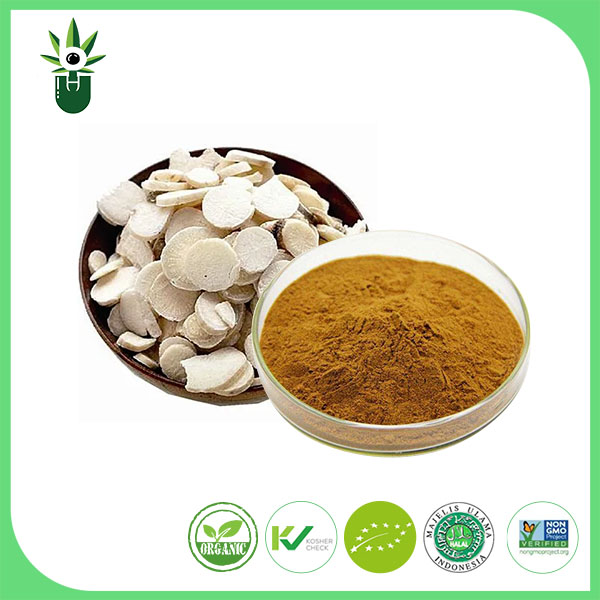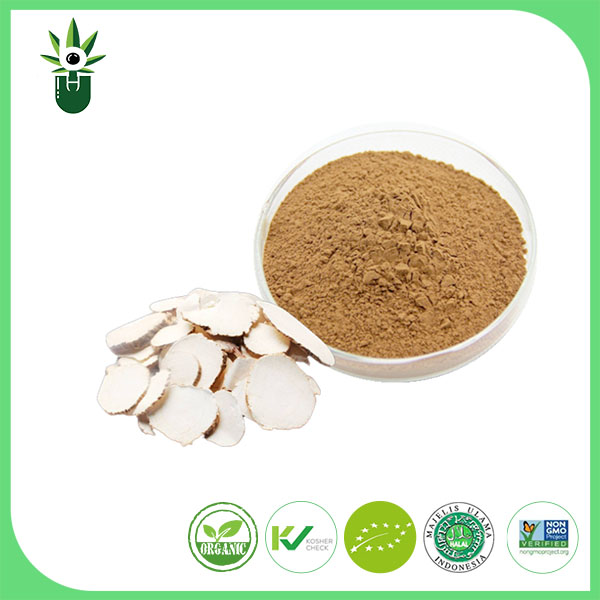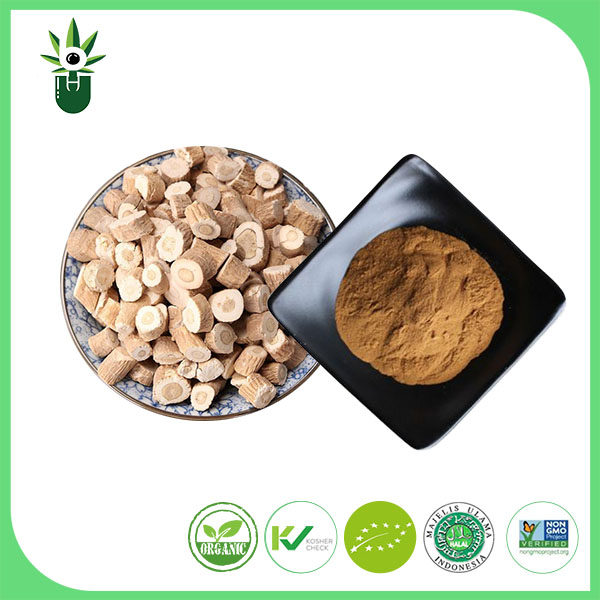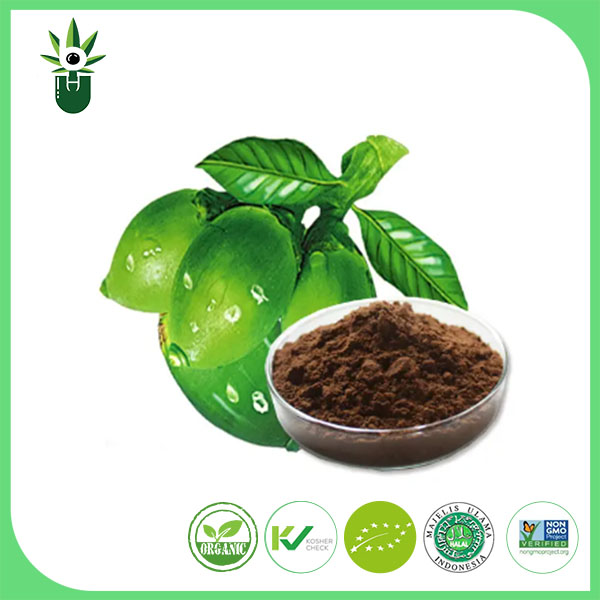
- English
- Español
- Português
- русский
- Français
- 日本語
- Deutsch
- tiếng Việt
- Italiano
- Nederlands
- ภาษาไทย
- Polski
- 한국어
- Svenska
- magyar
- Malay
- বাংলা ভাষার
- Dansk
- Suomi
- हिन्दी
- Pilipino
- Türkçe
- Gaeilge
- العربية
- Indonesia
- Norsk
- تمل
- český
- ελληνικά
- український
- Javanese
- فارسی
- தமிழ்
- తెలుగు
- नेपाली
- Burmese
- български
- ລາວ
- Latine
- Қазақша
- Euskal
- Azərbaycan
- Slovenský jazyk
- Македонски
- Lietuvos
- Eesti Keel
- Română
- Slovenski
- मराठी
- Srpski језик
Chrysanthemum Extract
Chrysanthemum extract has the effects of expanding coronary arteries, increasing coronary blood flow, increasing myocardial oxygen consumption, and has antihypertensive, shortened coagulation time, antipyretic, anti-inflammatory, and sedative effects.
Send Inquiry
Chrysanthemum (Latin scientific name: Dendranthema morifolium (Ramat.) Tzvel.): In plant taxonomy, it is a perennial herbaceous plant of the Asteraceae and Chrysanthemum genus. According to the cultivation form, it is divided into multi-headed chrysanthemum, solitary chrysanthemum, big orbuncle chrysanthemum, cliff chrysanthemum, art chrysanthemum, desk chrysanthemum and other cultivation types; according to the appearance of the petals, it is divided into garden hug, retreat hug, reverse hug, random hug and exposed heart. Cultivation types such as Baobao and Feiwubao. Different types of chrysanthemums have various species names.
Chrysanthemum is one of the top ten famous flowers in China, one of the Four Gentlemen of Flowers (Prunus Orchid, Bamboo and Chrysanthemum), and one of the world's four major cut flowers (chrysanthemum, rose, carnation, gladiolus), ranking first in production. Because chrysanthemums have the character of being cold and proud of the snow, there is a famous saying by Tao Yuanming, "When you pick chrysanthemums under the eastern fence, you can leisurely see the Nanshan Mountains." Chinese people have the custom of admiring chrysanthemums and drinking chrysanthemum wine during the Double Ninth Festival. Meng Haoran of the Tang Dynasty wrote in "Crossing the Old Friend's Village": "On the Double Ninth Festival, I will come back to see chrysanthemums." In ancient myths and legends, chrysanthemums have also been given the meaning of auspiciousness and longevity.
Chrysanthemum is a valuable ornamental flower cultivated through long-term artificial selection. Around the eighth century AD, the ornamental chrysanthemum was introduced to Japan from China. Dutch merchants introduced Chinese chrysanthemums to Europe at the end of the 17th century, to France in the 18th century, and to North America in the mid-19th century. Since then, Chinese chrysanthemums have spread all over the world.
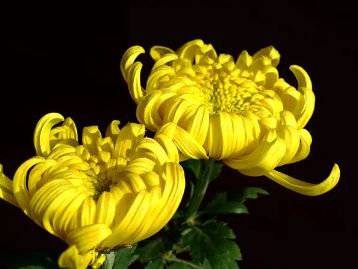

Product introduction
|
Product name |
Chrysanthemum extract |
|
Source |
ChrysanthemummorifoliumRamat. |
|
Extraction part |
flowers |
|
Specifications |
10:1 3% chrysanthemum flavonoids |
|
Appearance |
Brown yellow powder |
Application
1. Medicine
2.Drinks
3.Health products
4. Cosmetics

